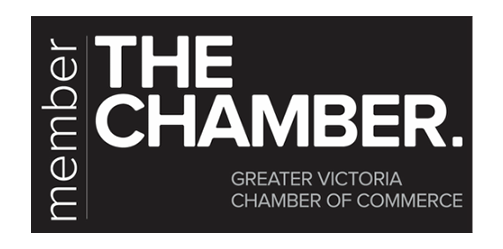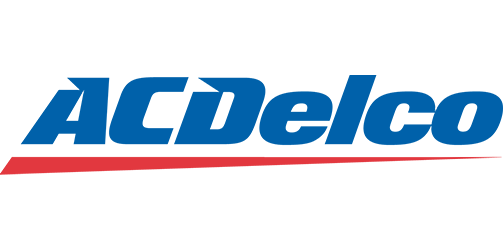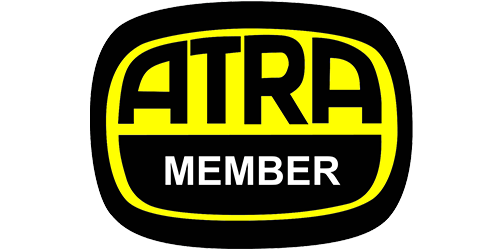In any vehicle, the transmission’s primary job is to allow the engine to operate in its own narrow range of speeds internally, while providing a wide range of output speeds.
The transmission uses gears to make more effective use of the engine’s torque, and to keep the engine operating at an appropriate speed.
Automatic vs. Standard Transmissions
The main difference between an automatic transmission and a standard transmission is that in a standard (or manual) transmission, the driver is required to use a stick shift and clutch pedal to shift gears manually – while an automatic transmission uses a torque converter, rather than a driver and clutch pedal, to do the same. The torque converter works automatically and therefore requires less effort on the part of the driver.
Manual transmissions are better on fuel mileage than automatics and are usually $1,000-$3,000 less expensive when purchasing a new vehicle. Repair costs are usually less with manual transmissions as they are less labour intensive to fix, and require less parts to rebuild. Many people feel, however, that driving a manual transmission is more difficult than driving an automatic. As a result, automatic transmissions are much more common in new vehicles sold today. 93% of all new vehicles sold in 2012 were automatics.
Modern transmissions have hundreds of moving parts and are very expensive to fix or replace. To avoid costly breakdowns, we suggest having your transmission serviced every 20,000-30,000 kilometers or at the manufacturer suggested maintenance intervals. A typical transmission service consists of changing the transmission fluid, filter, gaskets and possibly making adjustments to the linkage that connects the transmission to other parts of the vehicle.
Servicing your transmission regularly costs far less than repairing or replacing it down the road, and will save you money in the long run as a result.





